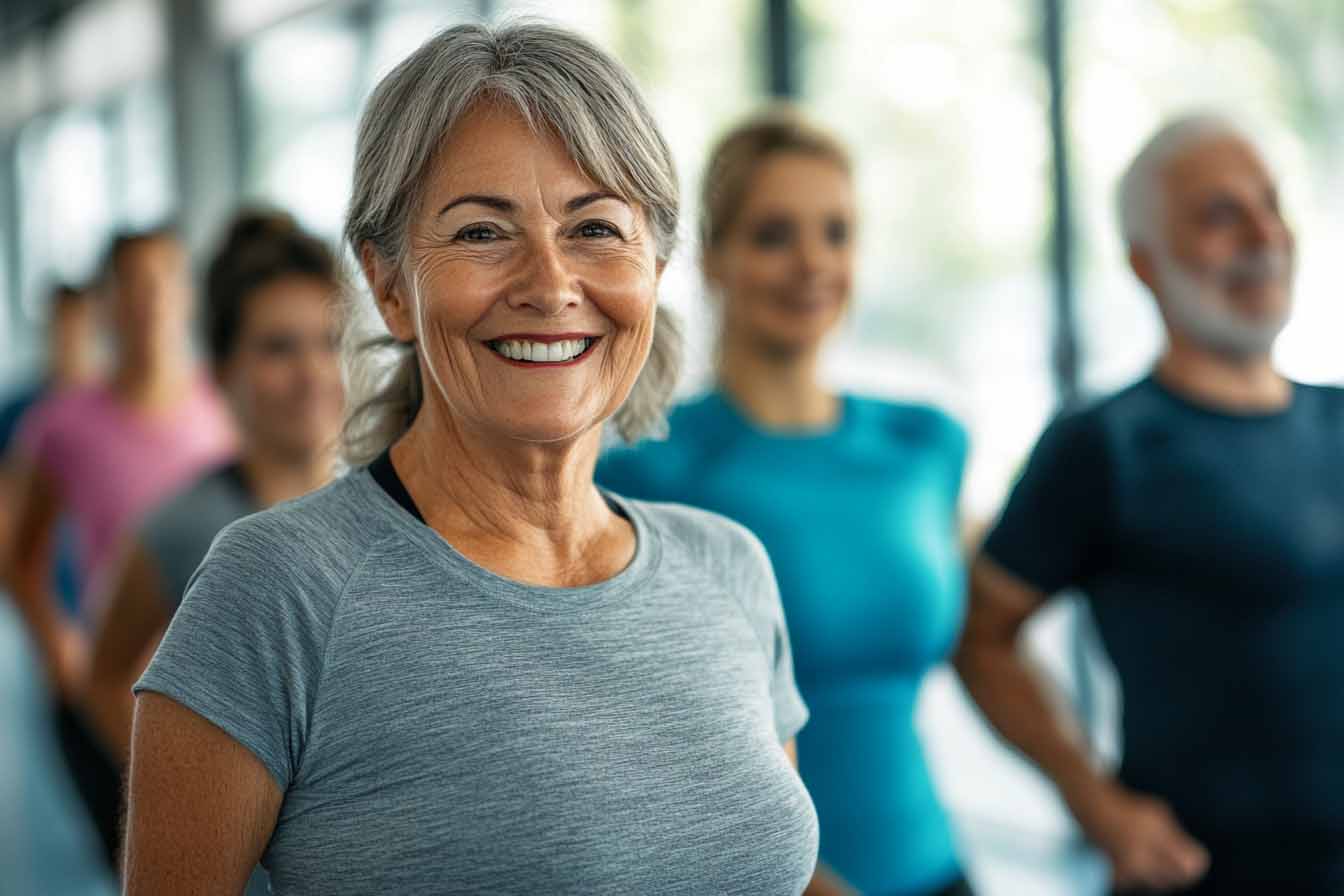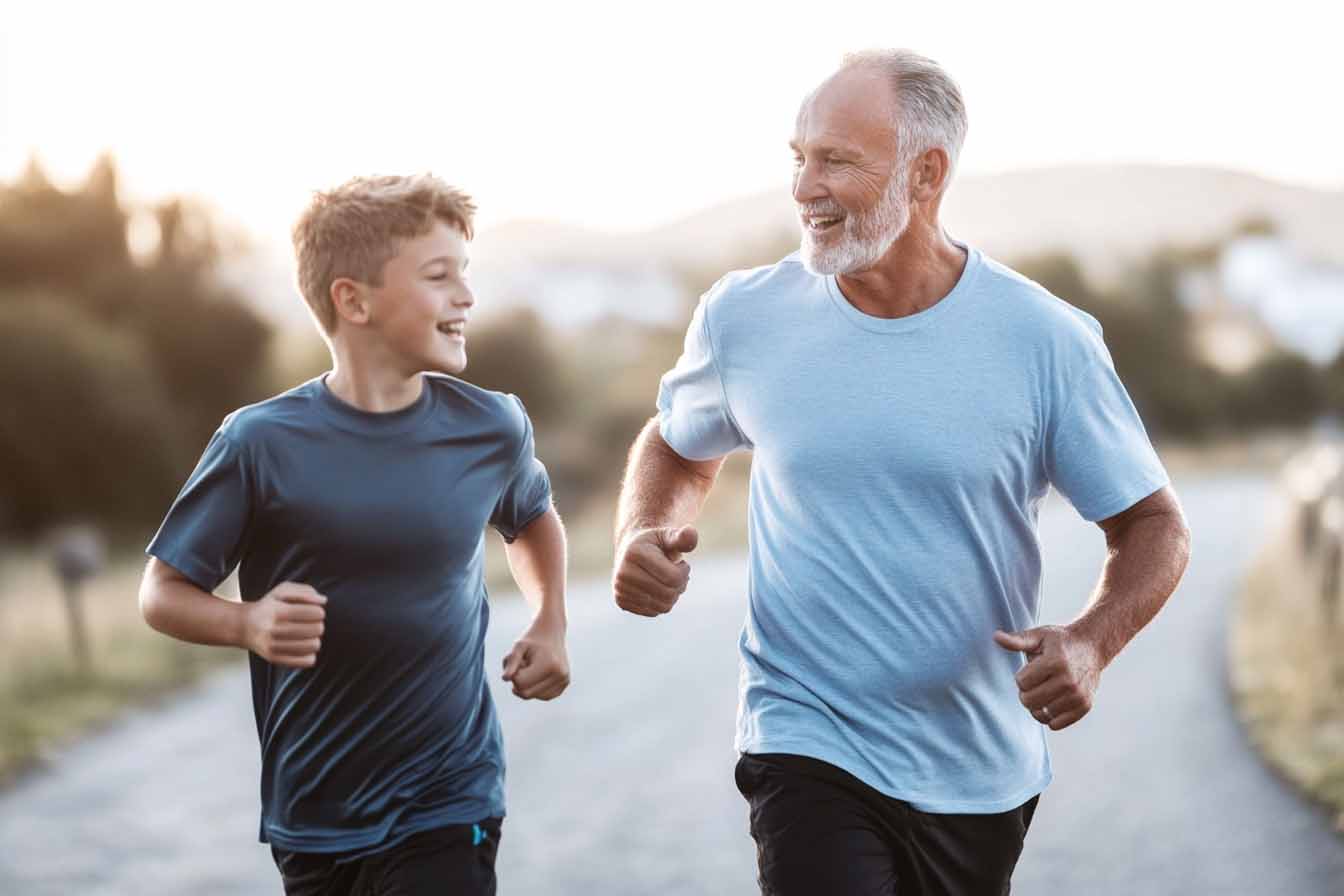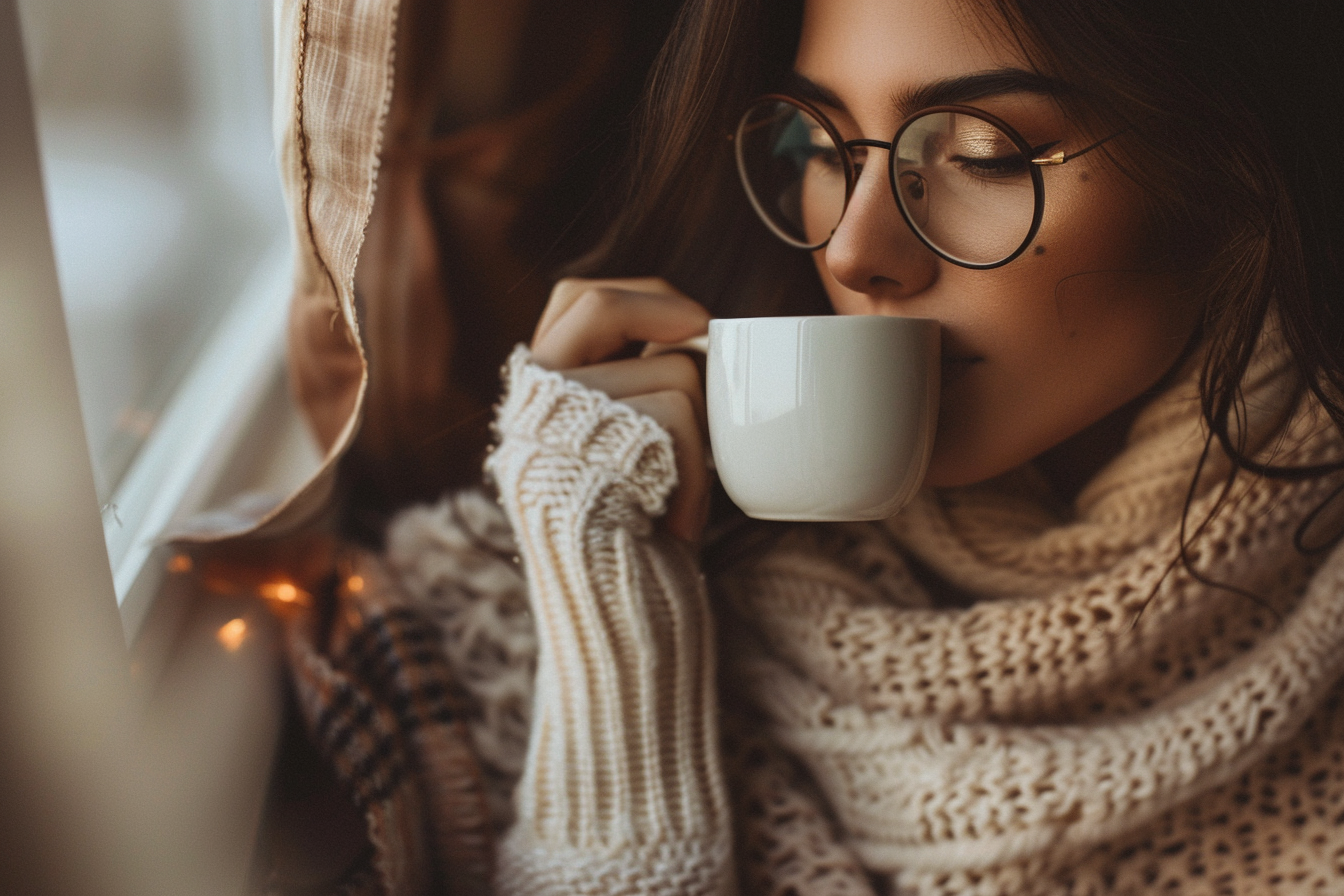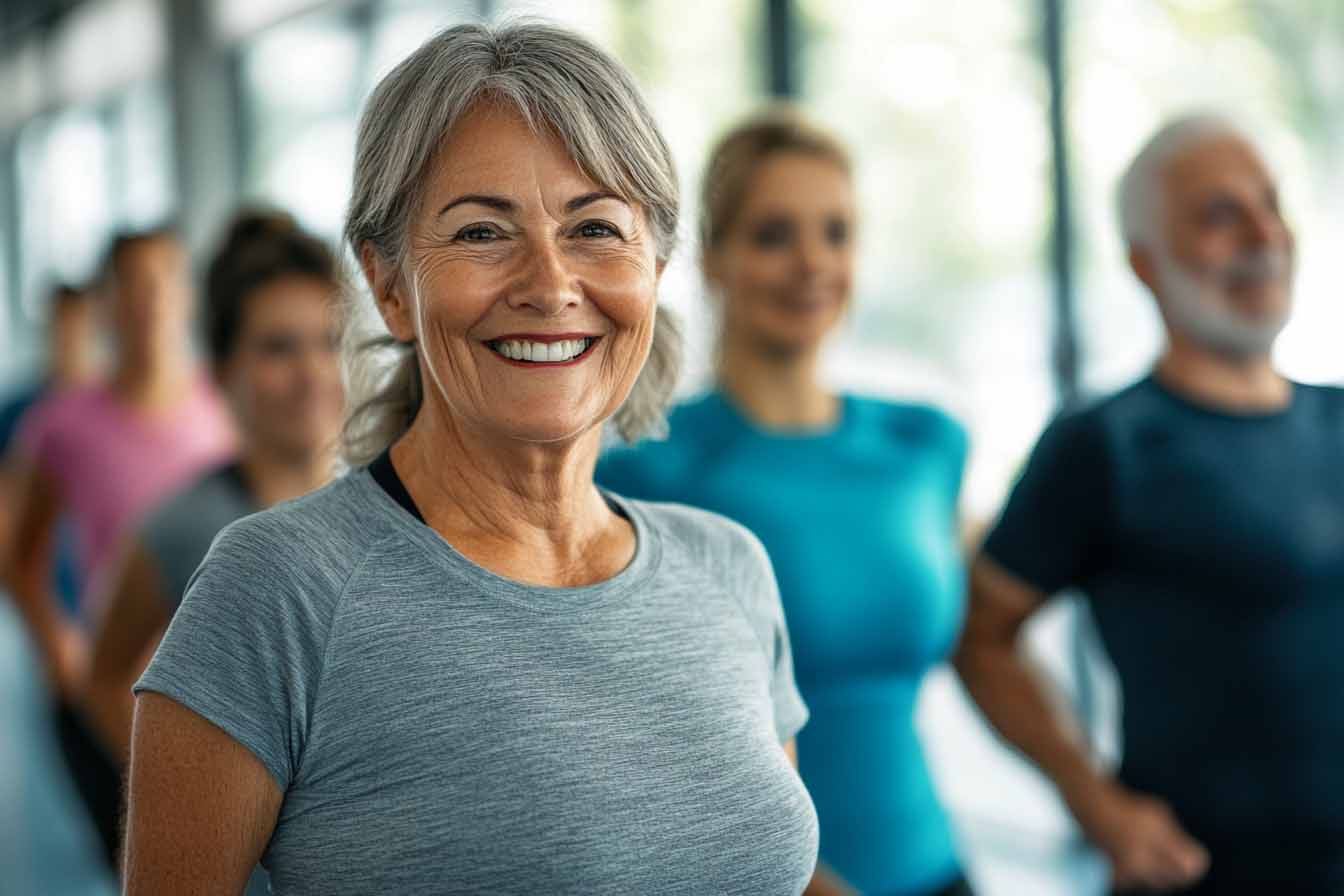Gua Sha, an ancient healing technique rooted in Traditional Chinese Medicine (TCM), is increasingly being recognized for its effectiveness in relieving tension, promoting circulation, and improving overall well-being. While many people are familiar with using gua sha on the face, this technique is equally beneficial for the legs, where it can help alleviate soreness, reduce swelling, and boost circulation. If you’re looking to incorporate gua sha into your leg care routine, here are five expert tips to get you started. For a more detailed overview of gua sha basics, you can check out our gua sha basic guide.
1. Choose the Right Gua Sha Tool
Selecting the appropriate gua sha tool for your legs is crucial for maximizing the benefits of your practice. The legs, with their larger surface area and deeper muscles, require a tool that can cover more ground while providing enough pressure. Opt for a gua sha tool that has a broad, flat edge with slight curvature to easily glide along the contours of your legs. Materials like jade or rose quartz are popular choices due to their cooling properties, which can help soothe inflammation and provide a smooth glide.
“Wooden tools have a warm feel, making them ideal for those who prefer not to use something cool. They are lightweight and easy to hold, and over time, they develop a unique character with continued use.” — Ms. Mai Sogawa, Senior TCM Therapist
Tips for Selection:
- Broad Edge: A wider edge helps to cover larger areas quickly, making it ideal for the thighs and calves.
- Curved Design: A slight curve fits the natural shape of the leg muscles, allowing for more effective scraping.
- Material: Choose a material that feels comfortable against your skin and maintains a consistent temperature.
2. Prep Your Skin with Oil
Before you begin using your gua sha tool, it’s important to prep your skin with an oil that provides enough slip to prevent friction. The right oil not only protects your skin but also enhances the gliding motion of the tool, making the process more comfortable and effective.
Recommended Oils:
- Jojoba Oil: Light and non-greasy, this oil closely resembles the skin’s natural sebum, making it an excellent choice for sensitive skin.
- Coconut Oil: Offers deep hydration and is ideal for dry skin types.
- Arnica Oil: Known for its anti-inflammatory properties, arnica oil can help reduce soreness and swelling in the legs.
Apply a generous amount of oil to your legs, ensuring an even layer that allows the gua sha tool to move smoothly across the skin.
3. Use Proper Gua Sha Techniques
When using gua sha on your legs, the direction, pressure, and technique are key to achieving the desired results. To improve circulation and relieve tension, follow these steps for both the front and back of your legs:
- Front of the Leg: Start at the ankles and move upwards toward the knees, then continue from the knees up to the thighs. Use long, even strokes with moderate pressure.
- Back of the Leg (Calves and Hamstrings): Begin at the lower part of the legs, scraping upwards from the ankles to the knees for the calves, and from the knees to the upper thighs for the hamstrings. Apply slightly more pressure on areas that feel tense or knotted.
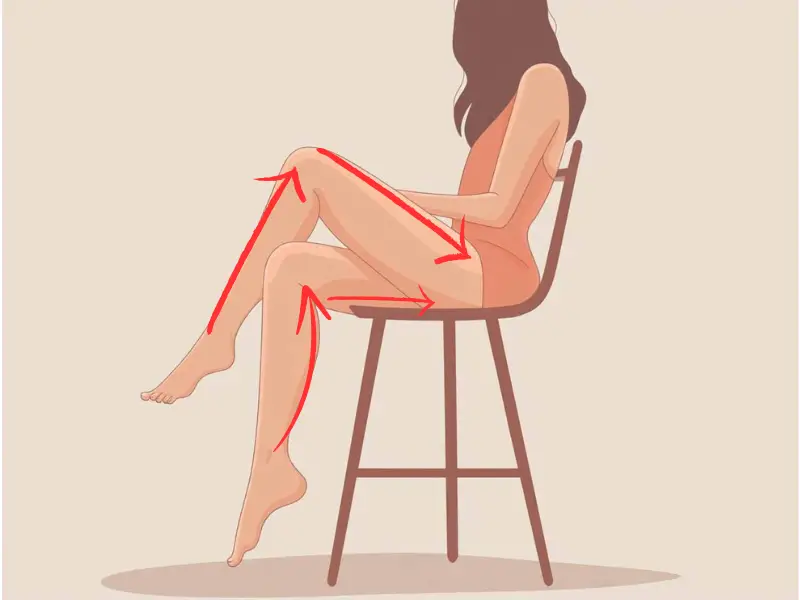
Always maintain an upward motion, as this aligns with the natural flow of blood and lymphatic fluid, promoting circulation and preventing stagnation.
“Pregnancy is a very delicate time, so Gua Sha is generally not recommended. However, it can be used for swelling in the legs and lower back pain after the stable phase of pregnancy. Use oil or cream to reduce friction and apply light pressure. When working on the legs, consider having your partner assist, as certain positions may put strain on your abdomen.” — Ms. Mai Sogawa, Senior TCM Therapist
Technique Tips:
- Angle the Tool: Hold the gua sha tool at a 30 to 45-degree angle to the skin for optimal scraping.
- Moderate Pressure: Apply enough pressure to feel the muscle beneath the skin, but avoid pressing so hard that it causes discomfort or bruising.
- Smooth Movements: Keep your strokes smooth and consistent to prevent irritation.
4. Target Specific Problem Areas
While a general gua sha leg massage is beneficial, you can also focus on specific problem areas for targeted relief. For example, if you experience tightness in your calves after a workout or have swollen ankles after a long day, you can adjust your gua sha routine accordingly.
Common Areas to Target:
- Calves: For post-exercise muscle soreness, use firmer pressure and focus on the back of the calves to release tension.
- Inner Thighs: This area can benefit from lighter pressure and gentler strokes, particularly if you’re working on improving lymphatic drainage.
- Ankles: Swollen ankles can be addressed with light, upward strokes from the ankle towards the knee, promoting lymphatic flow and reducing fluid retention.
5. Incorporate Regular Gua Sha into Your Routine
Consistency is key when it comes to experiencing the full benefits of gua sha. Regular practice can lead to improved circulation, reduced muscle tightness, and even smoother skin. Try incorporating gua sha into your leg care routine a few times a week, adjusting the frequency based on your body’s response.
Routine Tips:
- Post-Workout Relief: Use gua sha after exercise to prevent muscle stiffness and enhance recovery.
- Morning or Evening Ritual: Incorporate gua sha into your morning or evening routine to relax your legs and promote circulation.
- Listen to Your Body: Pay attention to how your legs feel after each session, and adjust the pressure and frequency of your gua sha practice as needed.
By following these expert tips, you can effectively use gua sha to relieve leg pain, improve circulation, and enhance overall leg health. Incorporate these techniques into your self-care routine for legs that feel as good as they look.

Try our Anti-Aging Gua Sha Tool designed to bring out your skin’s natural glow.
Best Gua Sha Product- Anti-Aging: The tool is designed to target 11 specific aging signs such as wrinkles and sagging skin. By following the 7-step routine, users can improve skin firmness and reduce fine lines naturally.
- Enhances Skincare Routine: It works effectively with serums and lotions, boosting absorption and efficacy of skincare products.
- Visible Skin Improvement: Users can expect a smoother complexion, reduced puffiness, and a more youthful appearance.
 P. Sze
P. Sze 












